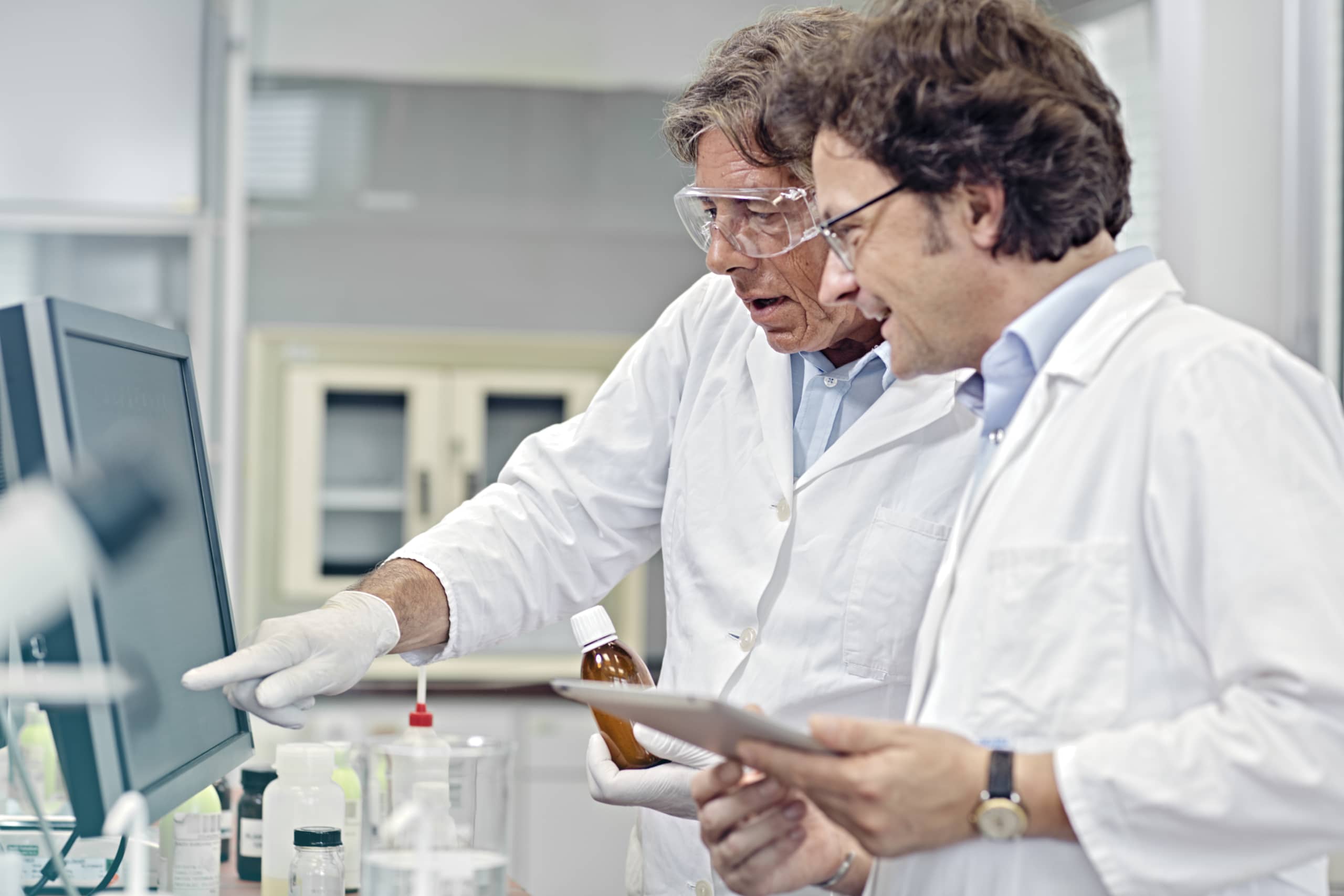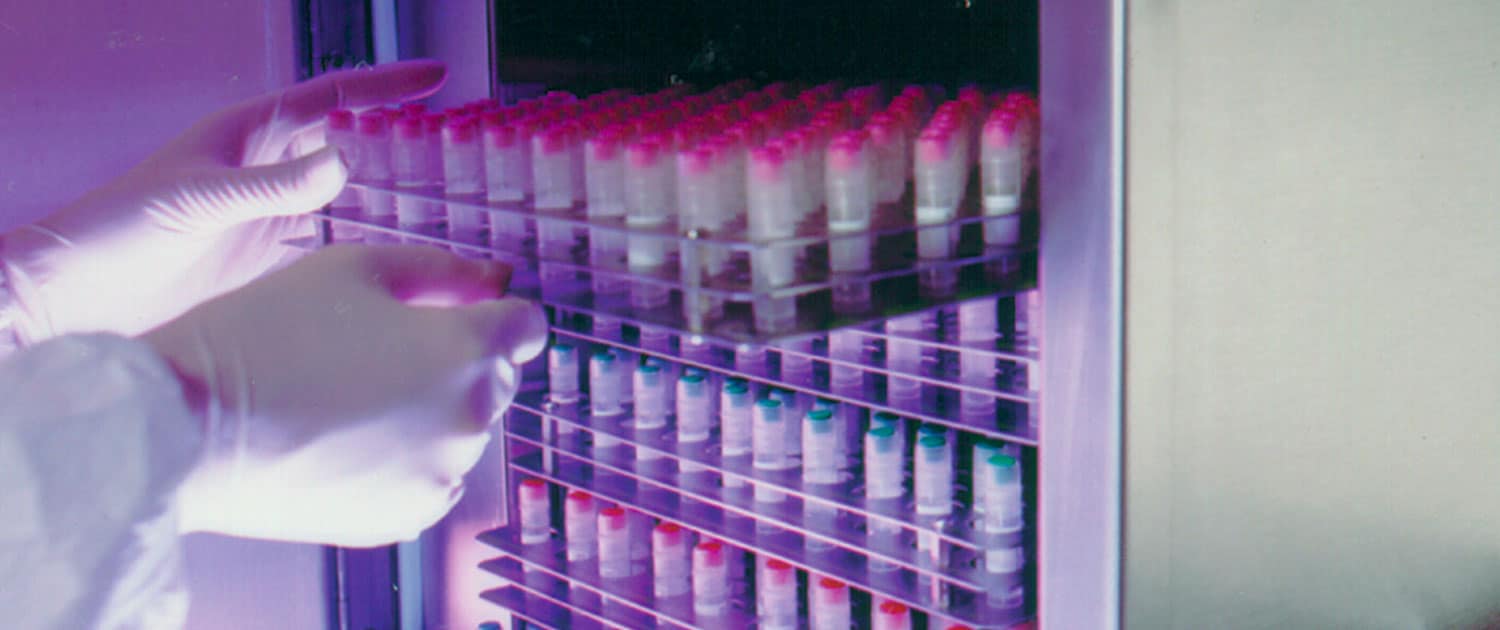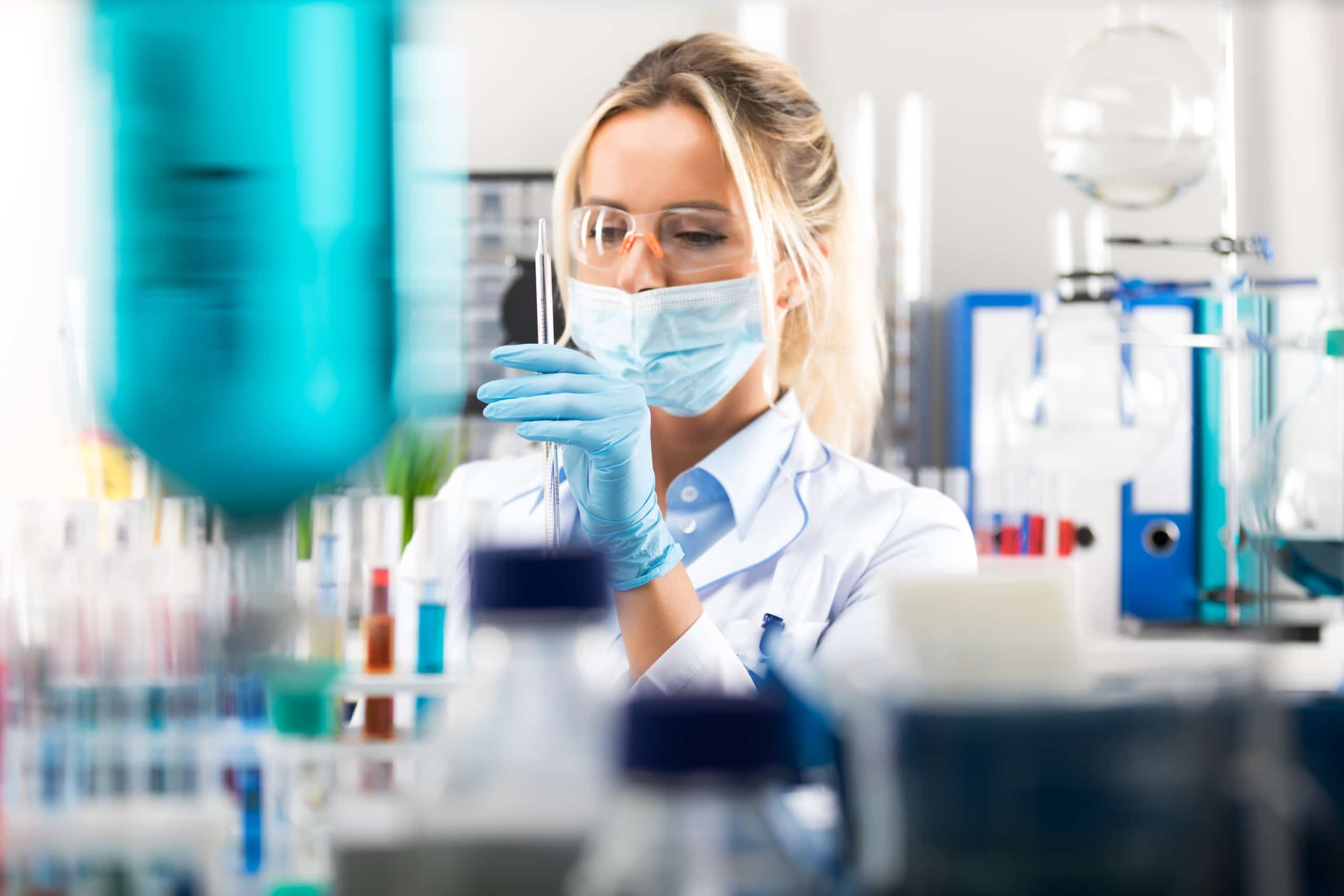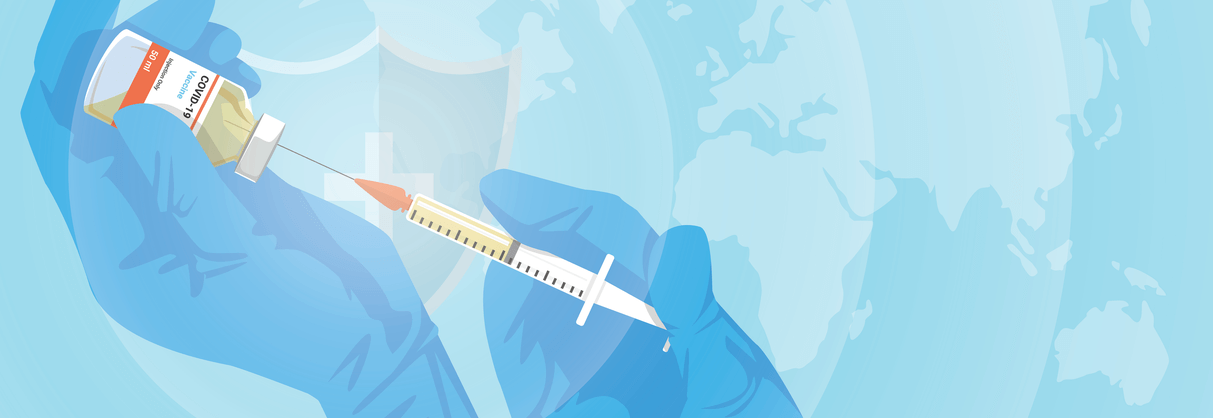The views and opinions expressed in this blog / article are those of the authors and do not necessarily reflect the official policy or position of any other agency, organization, employer or company. Merck KGaA, Darmstadt, Germany and its Affiliates shall not be liable for any errors, omissions or delays in the information, or damage arising from its display or use. All information is provided on an as-is basis.
Introduction
The Covid-19 pandemic is adversely affecting nearly all global industries and social functions. The biopharmaceutical industry and bioprocessing stand out as something of an exception. Because of the urgent demand for treatments, vaccines and assays, the pharmaceutical and biotech industries are experiencing disruptive, often chaotic, increased demands on its resources. This has begun to catalyze and accelerate a number of significant changes, including many preexisting trends. In our research, (see www.bioplanassociates.com/17th) we interviewed 10 major biopharmaceutical industry senior bioprocessing decision-makers, and 11 with bioprocessing suppliers in the US and Europe. In addition, we interviewed 5 biopharmaceutical manufacturer and supplier executives in China, which has had a head start on dealing with the near-term adverse impacts of the pandemic on its domestic industry. We found that this ‘essential’ industry is experiencing systemic changes. Further, we found the bioprocessing industry has effectively and rapidly re-tooled for fasts development and production of pandemic vaccines, therapeutics, equipment and diagnostics. One of the most interesting findings from our analysis can be encapsulated by one of our senior study respondents, who said:“
“Not much has really changed. The industry has been part of the pandemic and biodefense response for decades.”
Essentially, the industry has been in a position to handle, or has already been preparing for this global, catastrophic event. A benefit of the rapid growth the industry has faced over the past 15 years has been that the industry has learned to be flexible, and to adapt quickly to change. ‘Flexibility’ has become a major consideration in facility design, and the selection of technologies, equipment and CMOs. This industry adaptability is already helping the industry re-tool for rapid development and production of pandemic vaccines, therapeutics, equipment and diagnostics; while also responding to changes that this worldwide mobilization of resources will bring to the industry.
Prioritizing Bioprocessing
We need to keep in mind that the pre-pandemic R&D and products manufacturing being done by the industry continues to be essential, and life-saving, and it cannot generally be put on hold. This prioritization has raised the need for increased flexibility, ability to outsource, and access to contract manufacturers capable of taking on these less critical projects. What this means to emerging biopharma, as well as to smaller CMOs is that they have an opportunity to work on projects that would have otherwise gone to larger more established service providers.
Biopharma will be accelerating existing trends that will result in:
- More, smaller facilities, smaller markets, orphan, personalized products
- More facilities, worldwide, especially in Asia
- More cellular and gene therapies facilities, commercial manufacturing, CMOs
- Single-use systems, at clinical scale, moving to commercial scale; 2,000L bioreactors; (vs commercial stainless) – The pandemic will be resolved using single use devices at increasingly larger scales.
- Modular facilities: cleanrooms, flexible manufacturing – having the ability to rapidly deploy bioprocessing is a likely significant future, accelerated trend
- Cloning major market GMP facilities: in developing countries to ensure second sourcing
- Innovation: Continuous, titers and yields, automation, PAT, modeling and much more innovative technologies and platforms that increase productivity and efficiency will be put in the spotlight.
Conclusions: Good News
Biopharma R&D and bioprocessing facilities worldwide are now considered ‘essential’ by most countries. Having control of a country’s healthcare policy means considering developing a domestic biopharma and bioprocessing industry and resources. Bioprocessing continuing to work through pandemic; few interruption. Biopharma is a global segment and healthcare needs do not change in a recession. Making this segment unique both as an economic and investment sector. Most expect to increase bioprocessing and R&D – often due to shifts in non-pandemic projects from other facilities. This will also increase investment and opportunities. In summary, bioprocessing and biopharma has continued generally apace, and in fact, has accelerated in many segments, generally uninterrupted. The pre-existing trends we have tracked for over 17 year in the bio/pharmaceutical industry have already begun to accelerate and have been catalyzed by responses to Covid-19.








